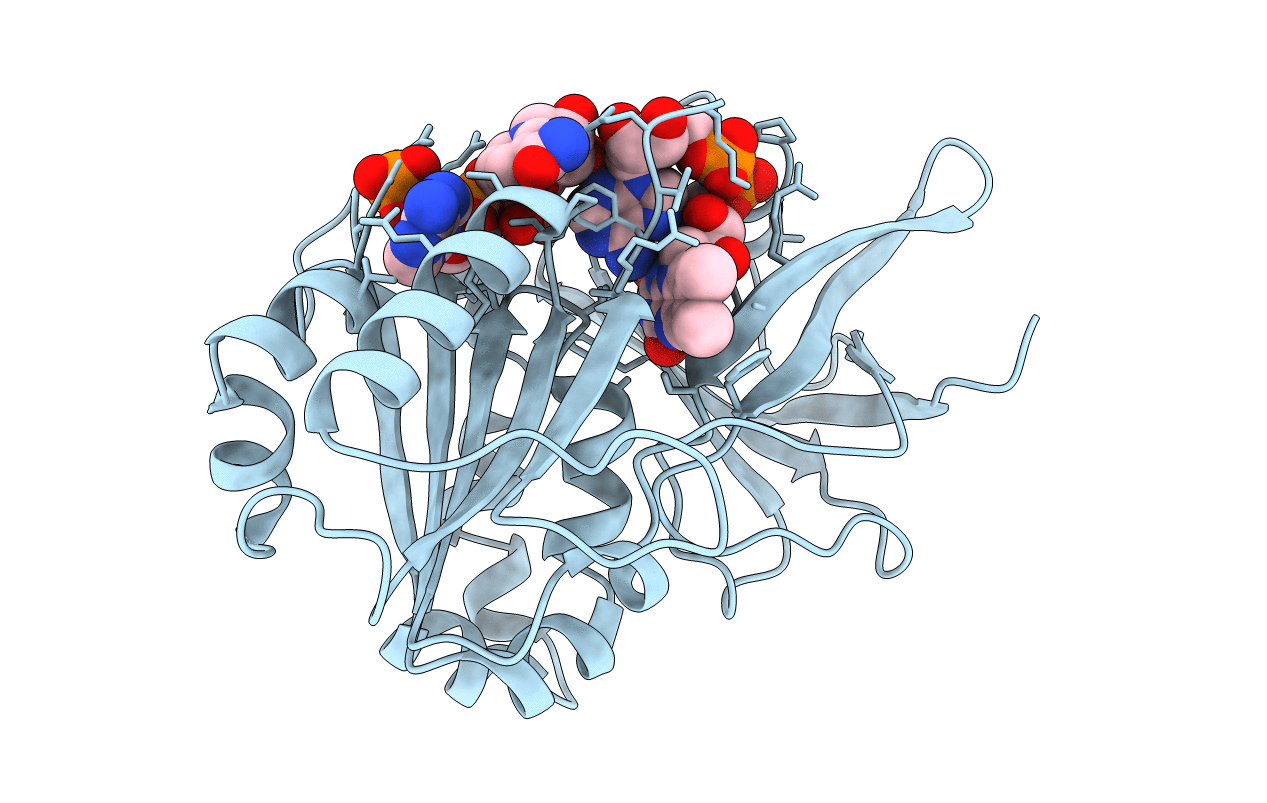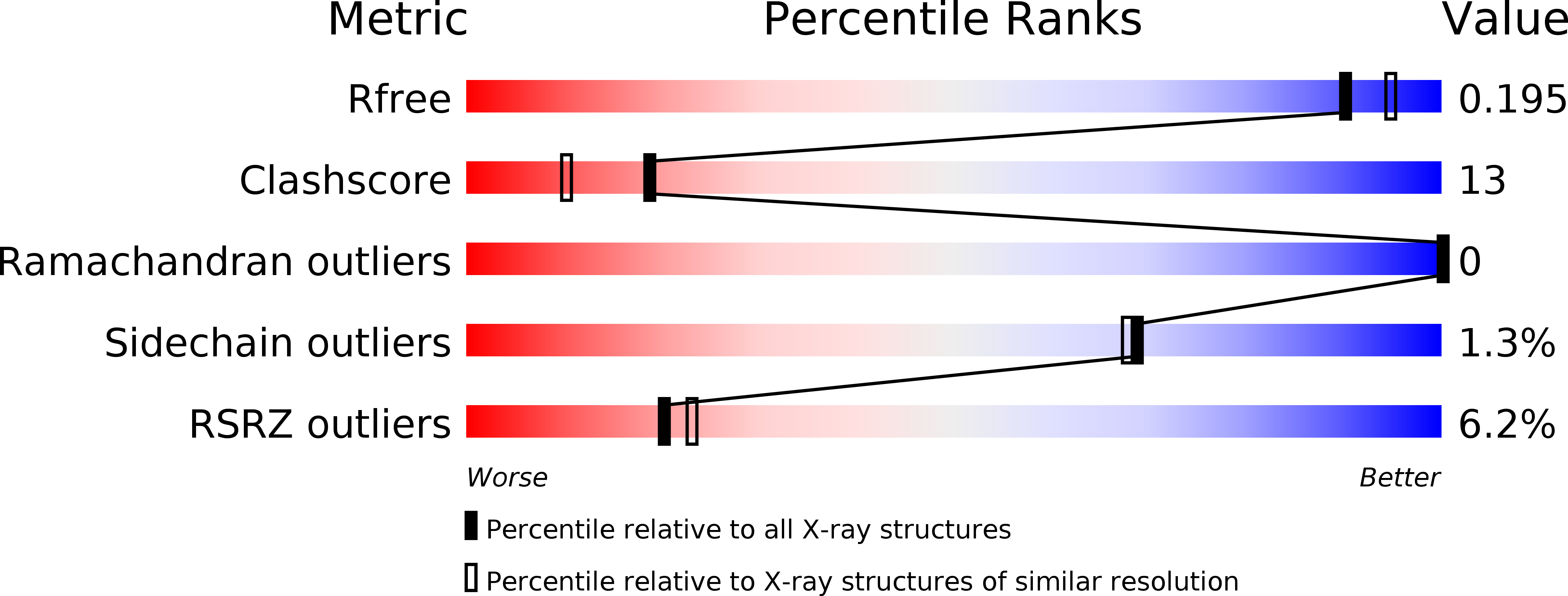
Deposition Date
2008-04-08
Release Date
2008-10-21
Last Version Date
2023-08-30
Entry Detail
Biological Source:
Source Organism:
Pseudomonas aeruginosa (Taxon ID: 287)
Host Organism:
Method Details:
Experimental Method:
Resolution:
1.90 Å
R-Value Free:
0.21
R-Value Work:
0.18
Space Group:
P 21 21 2


